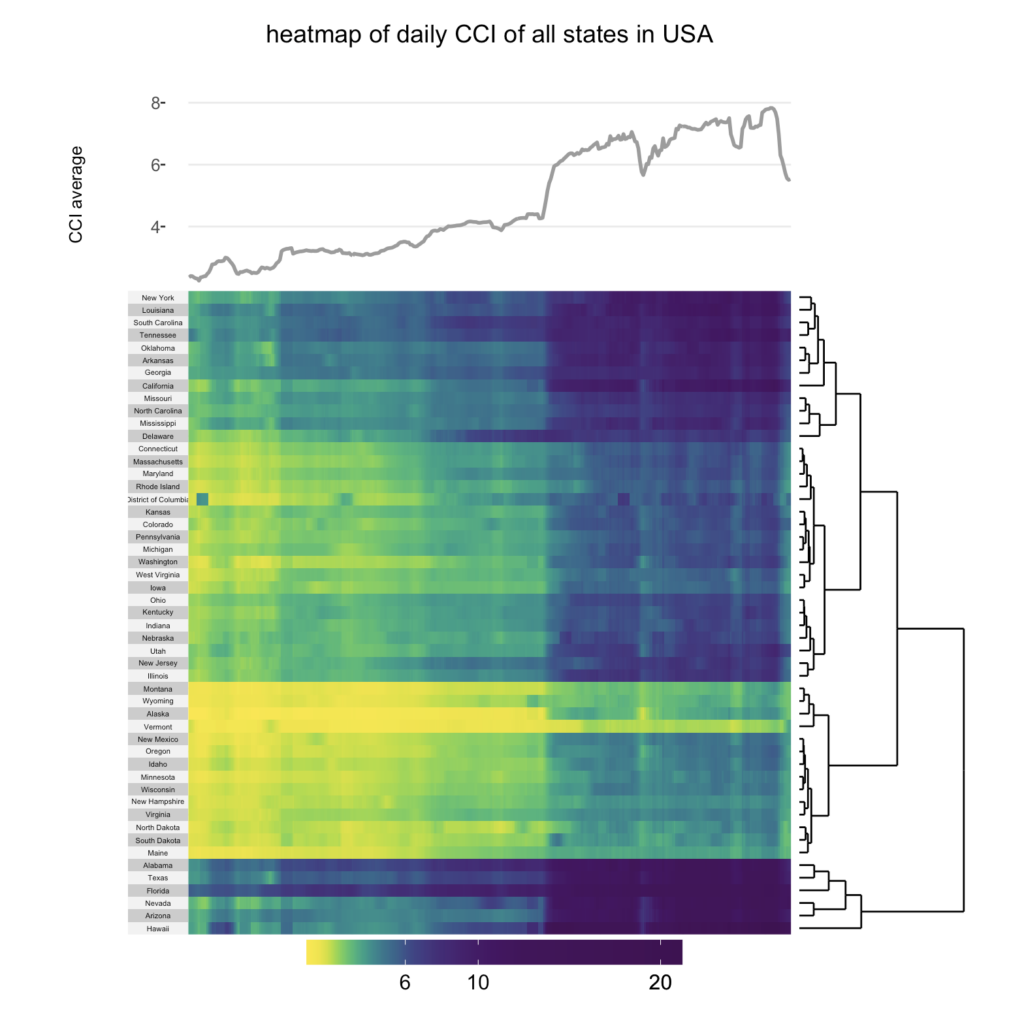From the smartwatches on our wrists to the weather reports on our cell phones, data visualizations are omnipresent. Faculty across departments in the School of Computer, Data & Information Sciences (CDIS) are conducting research and teaching students about the pivotal role of data visualization in various industries.
Data visualization transforms raw data into graphical representations that effectively convey information and patterns. At its core, it’s about presenting information in an accessible and understandable way.
“The hope is that we can turn what would have been a mentally-taxing operation on a spreadsheet into something that becomes immediately apparent in a graph—it turns cognitive tasks into perceptual ones,” says Kris Sankaran, Assistant Professor in the Statistics Department.

Sankaran’s research focuses on using data visualization to analyze high-throughput biological data. He is especially interested in how visualizations can explore different scales, from systems to molecules, such as examining cells within tissues.
CDIS boasts several experts in data visualization across its departments. Michael Gleicher, Professor in the Department of Computer Sciences, and Emilee Rader, Associate Professor in the Information School, also specialize in this crucial field. Rader, whose research centers on human-centered data privacy, highlights the historical roots of data visualization, tracing back to the 1850s when John Snow used it to map cholera outbreaks and discover its waterborne nature.
“The same principles apply now as then. A bar graph is still a bar graph. The human brain is still the human brain,” says Rader. “Technology, on the other hand, does change quickly. There are way more tools now for people to make visualizations faster with larger data sets than ever before.”
According to Gleicher, modern technology has significantly increased data accessibility, but effective presentation remains crucial to transforming data into useful information, necessitating human involvement. His research focuses on the fundamental principles of data visualization to enhance its practical application.
Humans have a natural inclination towards visual processing, making data visualization a powerful tool for rapid comprehension. As Rader explains, visual representations allow us to grasp information and draw comparisons more intuitively than raw numerical data. Seeing data depicted visually, such as in charts or graphs, provides a level of understanding that tables of numbers cannot achieve.
Data visualization extends beyond large data sets like weather reports or heart rate monitors; it encompasses everyday items like clocks or directional signage in buildings. “I like to call any kind of graphical encoding of information a data visualization. I even think of the layout of elevator buttons in my office building as a kind of visualization,” says Sankaran.
This highlights the pervasiveness of data visualization across industries and interests. “Nearly every industry has increased their capacity to collect data and use data for decision-making in the last 10-15 years. Being able to identify patterns in data is essentially crucial for decision-making in any industry that has a lot of data, so data visualization is one of the biggest tools to help inform decision-making,” says Rader. “A lot of professions nowadays need to be able to look at data and use that to inform strategy.”
Given its widespread importance, it is crucial for students to learn data visualization. CDIS’s commitment to this field, through its expert faculty and comprehensive research, equips students with the skills needed to thrive in data-driven industries.